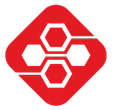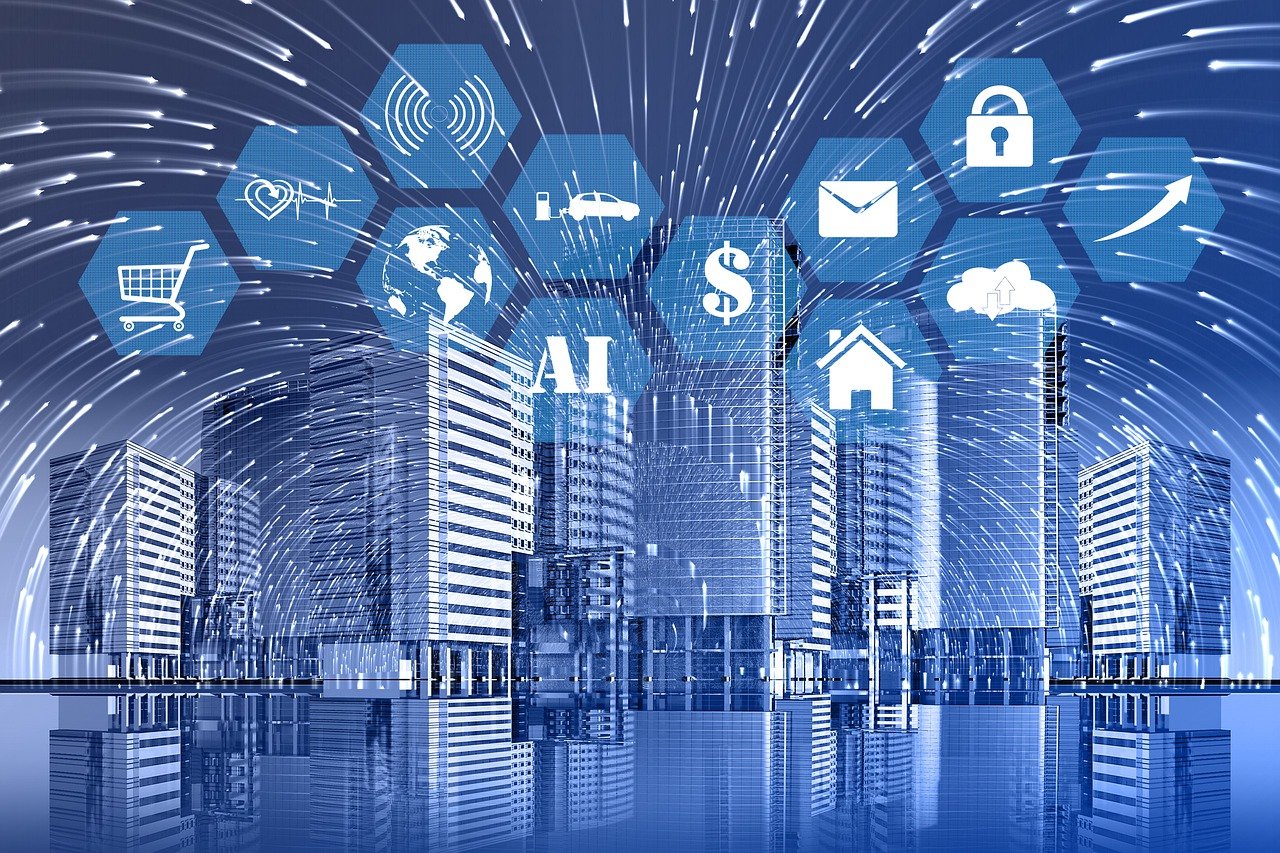IoT is short for Internet of Things. Internet is the worldwide electronic network connecting computers that we all know, but also people and society. And “things” in this case, are products or objects from everyday life, that get “augmented” by adding some form of smartness to them using a microcontroller and network connectivity. IoT devices usually measure certain quantities such as temperature, occupancy or loudness using sensors. They collect this data and send it to a central backend. There, decisions are made and eventually, actuators are triggered. But there is much more to IoT, such as:
- Digital Twins (e.g. for objects in the industry, but also for human beings)
- Data Analytics in the cloud
- Connectivity (Long Range, 5G etc)
- Edge Computing
There are several sides to the term “Internet of Things”. There is the political aspect, but there is also a social aspect. And then there is the technological aspect. In this post, I want to have a look at all of them.
IoT – The technology
At the heart of IoT are the sensors and actuators embedded within the connected objects. Sensors are responsible for capturing data from the surrounding environment, such as temperature, humidity, light, motion, and various other parameters. Actuators, on the other hand, enable these objects to perform actions or respond to commands based on the received data. For example, a smart thermostat can sense the temperature in a room and adjust the heating or cooling system accordingly.
Usually, the collected data from IoT devices is transmitted over the internet to a central system or cloud infrastructure, where it can be processed, analyzed, and utilized in various ways. This data can provide valuable insights, enabling businesses and individuals to make informed decisions, optimize processes, and improve overall efficiency. For instance, in agriculture, IoT sensors can monitor soil moisture levels and trigger automated irrigation systems when necessary, optimizing water usage and crop growth.
The communication aspect of IoT is facilitated through network connectivity. IoT devices can use a variety of communication protocols such as Wi-Fi, Bluetooth, Zigbee, cellular networks, or even satellite connections to establish connections and exchange data. This connectivity enables seamless integration and interaction between devices, creating a network of interconnected objects that can work together towards a common goal.
As the IoT continues to evolve, advancements in artificial intelligence (AI) and machine learning further enhance its capabilities. AI algorithms can process and analyze massive amounts of data generated by IoT devices, enabling predictive analytics, automation, and intelligent decision-making.
The downside:
While the Internet of Things (IoT) offers incredible opportunities, it also introduces a range of risks and challenges that need to be carefully addressed. Here are some of these associated with this technology:
- Privacy concerns: The vast amount of data collected by IoT devices raises significant privacy concerns. Personal information, behavioral patterns, and even location data can be collected and potentially misused if not properly protected. Users may also face challenges in understanding and controlling the data collected by various interconnected devices, leading to potential privacy violations. Many users don’t even know how and what data is collected about them every day.
- Security vulnerabilities: IoT devices often collect and transmit sensitive data, making them attractive targets for cybercriminals. Weak security measures and lack of standardization across devices can leave them vulnerable to hacking, data breaches, and unauthorized access. Compromised IoT devices can not only lead to privacy violations but also be used as entry points for larger-scale attacks on networks and systems.
- Physical safety risks: IoT devices connected to critical infrastructure, such as transportation systems or healthcare devices, introduce potential risks to physical safety if compromised. For example, a hacked connected car could lead to dangerous situations on the road, or a compromised medical device could impact patient health and safety. Ensuring robust security measures to protect against such risks is crucial.
- Lack of interoperability: There is the open “maker-space” IoT, and the commercial market of IoT products. The latter usually uses custom protocols, bridges and devices by big companies which hinders the seamless integration of different IoT devices and systems. This lack of compatibility prevents users from freely choosing devices from different manufacturers and limits their ability to mix and match IoT solutions that best suit their needs if they don’t want to build a hub system themselves. It creates a situation where users are tied to a specific ecosystem or platform, which may limit their options and lock them into a particular vendor’s products or services.
IoT – The social aspect
Of course, the technology behind IoT is fascinating. This is why many makers and enthusiasts like to tinker with new devices and sensors as a hobby. But there are some social aspects people tend to forget when thinking about the IoT.
The most significant risk associated with IoT is the centralized nature of data collection and storage. In many cases, IoT data is concentrated in the hands of a few big companies. Having power concentrated in the hands of a few big tech giants can have broader societal implications. These companies may have significant influence over public discourse, political processes, and the shaping of societal norms. Their control over data and algorithms can impact the flow of information, manipulate consumer behavior, and potentially perpetuate biases or discriminatory practices.
Also, the concentration of the data itself poses a concern. It raises issues of privacy and control over personal information. When a limited number of entities have access to a vast amount of user data, there is an increased risk of data breaches and unauthorized access, potentially leading to privacy violations and misuse of sensitive information.
Of course, the widespread adoption of IoT devices has the potential to reshape our social interactions and relationships. As more objects become connected, they can gather vast amounts of data about our behaviors, preferences, and even our daily routines. However, this raises concerns about privacy and personal autonomy. Individuals may feel uneasy about the constant monitoring and data collection, which can potentially be exploited or used without their knowledge or consent.
The consolidation of data and control within a few big tech companies also raises concerns about market competition and the impact on the average citizen. Oligopolies in the tech industry can stifle innovation and limit consumer choice. When a small number of companies dominate the IoT market, they have the power to set prices, control standards, and dictate the direction of technological development. This can lead to reduced competition, higher prices, and limited access to innovative solutions for the average citizen. It also limits opportunities for smaller companies and startups to enter the market and offer alternative products or services.
To mitigate these risks, it is important to advocate for open standards, interoperability, and data decentralization in the IoT ecosystem. Encouraging competition, promoting data privacy regulations, and supporting initiatives that foster innovation and diversity in the market can help ensure that the power and benefits of IoT technology are distributed more equitably among individuals and businesses. By promoting a more decentralized and inclusive IoT landscape, we can strive for a future where the average citizen has greater control over their data, more choices in IoT solutions, and a more vibrant and competitive market.
IoT – From a political point of view
From a political point of view, the Internet of Things (IoT) has significant implications for governance, policy-making, and the relationship between citizens and governments. Data collection of governments raises concerns about data privacy, surveillance, and government overreach. The political landscape is also influenced by the power dynamics between governments and technology companies in the realm of IoT. Governments need to carefully navigate these dynamics to ensure that the interests of citizens are protected, and the benefits of IoT technology are not monopolized or controlled solely by a few dominant companies.

